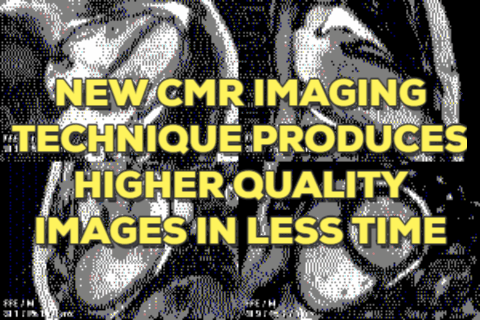
An innovation in cardiac magnetic resonance (CMR) imaging eliminates the need to correct images for respiratory motion, producing higher quality, more accurate images without waiting for patients to breathe.
Preliminary research presented at EuroCMR 2016 by Professor Juerg Schwitter, director of the Cardiac MR Centre at the University Hospital Lausanne, Switzerland, demonstrated how using a modified ventilator and small volumes of air, called "percussions," eliminated the need for patients to breathe during CMR.
High frequency percussive ventilation eliminates the "10 to 15 large breaths patients would take naturally per minute," and air volumes are small enough that the chest does not move during imaging, according to the European Society of Cardiology press release.
The technique, which is in an early stage of development and was studied with only two subjects, needs to be tested for "tolerability" in more patients. "[Patients] say their chest feels a bit inflated during the ventilation but otherwise it feels okay," said Schwitter.
However, Schwitter expects not all patients will be comfortable with the procedure. "Some patients may find it difficult because the CMR machine is small and on top of that, they will be ventilated by a machine," he said.
Still, Schwitter made a strong case for further research into the innovation, listing many potential improvements in CMR that percussive ventilation could provide. "The possibilities with high frequency percussive ventilation are huge," he said, continuing:
- "You could run all the CMR sequences in one batch, which would be much faster.
- "Data could be acquired constantly with fewer artifacts.
- "We might be able to use this technique for diagnosis of sicker patients, who find breath holding difficult and need the imaging to be done quickly.
- "This technique would help us to collect high resolution images where we want millimetric precision, for example, to localize scar in the myocardium or to see the anatomy of coronary arteries or valves and malformations...
- "In the future, we could even imagine that if the patient is not breathing for 20 minutes or even longer, this technique could give a precise 3D representation of cardiac structures and help guide electrophysiology procedures such as ablation."
How might this innovation improve your cardiac magnetic resonance imaging practice? Leave a comment!